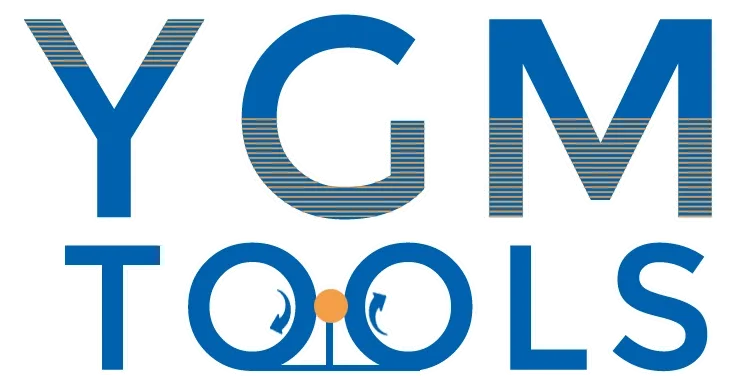
-
 Afrikaans
Afrikaans -
 Albanian
Albanian -
 Amharic
Amharic -
 Arabic
Arabic -
 Armenian
Armenian -
 Azerbaijani
Azerbaijani -
 Basque
Basque -
 Belarusian
Belarusian -
 Bengali
Bengali -
 Bosnian
Bosnian -
 Bulgarian
Bulgarian -
 Catalan
Catalan -
 Cebuano
Cebuano -
 Corsican
Corsican -
 Croatian
Croatian -
 Czech
Czech -
 Danish
Danish -
 Dutch
Dutch -
 English
English -
 Esperanto
Esperanto -
 Estonian
Estonian -
 Finnish
Finnish -
 French
French -
 Frisian
Frisian -
 Galician
Galician -
 Georgian
Georgian -
 German
German -
 Greek
Greek -
 Gujarati
Gujarati -
 Haitian Creole
Haitian Creole -
 hausa
hausa -
 hawaiian
hawaiian -
 Hebrew
Hebrew -
 Hindi
Hindi -
 Miao
Miao -
 Hungarian
Hungarian -
 Icelandic
Icelandic -
 igbo
igbo -
 Indonesian
Indonesian -
 irish
irish -
 Italian
Italian -
 Japanese
Japanese -
 Javanese
Javanese -
 Kannada
Kannada -
 kazakh
kazakh -
 Khmer
Khmer -
 Rwandese
Rwandese -
 Korean
Korean -
 Kurdish
Kurdish -
 Kyrgyz
Kyrgyz -
 Lao
Lao -
 Latin
Latin -
 Latvian
Latvian -
 Lithuanian
Lithuanian -
 Luxembourgish
Luxembourgish -
 Macedonian
Macedonian -
 Malgashi
Malgashi -
 Malay
Malay -
 Malayalam
Malayalam -
 Maltese
Maltese -
 Maori
Maori -
 Marathi
Marathi -
 Mongolian
Mongolian -
 Myanmar
Myanmar -
 Nepali
Nepali -
 Norwegian
Norwegian -
 Norwegian
Norwegian -
 Occitan
Occitan -
 Pashto
Pashto -
 Persian
Persian -
 Polish
Polish -
 Portuguese
Portuguese -
 Punjabi
Punjabi -
 Romanian
Romanian -
 Russian
Russian -
 Samoan
Samoan -
 Scottish Gaelic
Scottish Gaelic -
 Serbian
Serbian -
 Sesotho
Sesotho -
 Shona
Shona -
 Sindhi
Sindhi -
 Sinhala
Sinhala -
 Slovak
Slovak -
 Slovenian
Slovenian -
 Somali
Somali -
 Spanish
Spanish -
 Sundanese
Sundanese -
 Swahili
Swahili -
 Swedish
Swedish -
 Tagalog
Tagalog -
 Tajik
Tajik -
 Tamil
Tamil -
 Tatar
Tatar -
 Telugu
Telugu -
 Thai
Thai -
 Turkish
Turkish -
 Turkmen
Turkmen -
 Ukrainian
Ukrainian -
 Urdu
Urdu -
 Uighur
Uighur -
 Uzbek
Uzbek -
 Vietnamese
Vietnamese -
 Welsh
Welsh -
 Bantu
Bantu -
 Yiddish
Yiddish -
 Yoruba
Yoruba -
 Zulu
Zulu
flat thread rolling machine product
The Evolution of Flat Thread Rolling Machines
Flat thread rolling machines have become indispensable tools in the manufacturing sector, particularly in the production of fasteners, bolts, and other threaded components. These machines utilize a metal deformation process to create threads on a flat surface, significantly enhancing the efficiency and quality of the final product.
Understanding the Technology
The principle behind flat thread rolling involves the use of two cylindrical rollers that rotate against a flat workpiece. As the rollers press the material, they displace metal, forming threads without removing any material. This cold forming process not only saves time and resources but also enhances the mechanical properties of the finished threads. The results are stronger and more durable than those produced by traditional cutting methods.
Advantages of Flat Thread Rolling Machines
One major advantage of flat thread rolling machines is the reduction of material waste
. Unlike machining processes that cut away excess material, rolling utilizes the entire workpiece, leading to lower raw material costs. Additionally, the process results in better surface finishes and dimensional accuracy, which are crucial for applications in automotive, aerospace, and construction industries.flat thread rolling machine product

The speed and efficiency of flat thread rolling machines also contribute to increased productivity. These machines can produce a high volume of threaded components in a shorter time frame, making them ideal for large-scale manufacturing operations. The continuous production cycle minimizes downtime, further enhancing productivity and profitability for manufacturers.
Versatility and Applications
Flat thread rolling machines are highly versatile, able to accommodate various materials, including steel, aluminum, and polymers. This adaptability allows manufacturers to cater to diverse industry requirements. Furthermore, advancements in technology have led to the development of CNC (Computer Numerical Control) machines, providing enhanced precision and control over the rolling process.
In terms of applications, flat thread rolling machines serve a wide range of industries. From producing fasteners for automotive assemblies to manufacturing precision parts for medical devices, these machines play a critical role in ensuring the reliability and performance of essential components.
Conclusion
The flat thread rolling machine stands as a testament to innovation in manufacturing. With its myriad advantages—efficiency, reduced waste, and superior product quality—it is clear that this technology will continue to play a vital role in meeting the demands of modern industry. As manufacturers seek to improve their processes and outputs, the importance of flat thread rolling machines will only grow, paving the way for advancements in threaded component production. Such evolution not only drives industry standards but also fosters sustainable practices within the manufacturing ecosystem.
